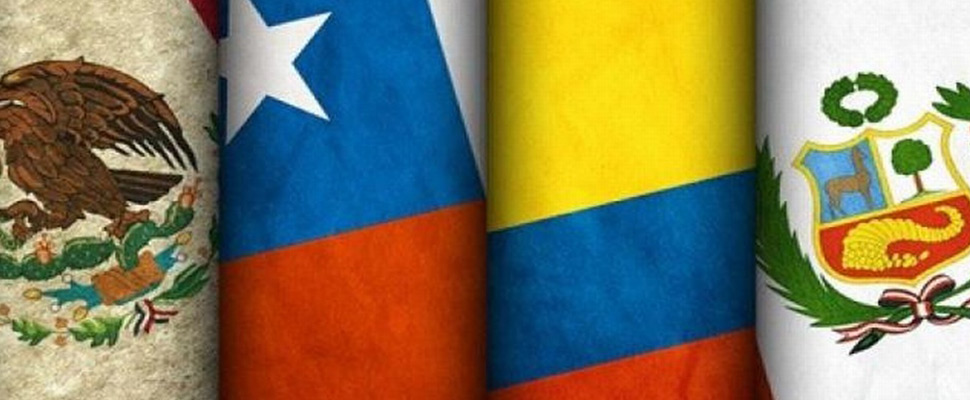A bridge between Latin America and Asia


Asia’s major economies and the Pacific Alliance share ideologies and needs. It seems as if it is time to work together and build stronger economic ties.
It’s been a little more than 5 years since the Pacific Alliance was formed. The Latin American trade bloc constituted by Chile, Peru, Colombia and Mexico –all of which border with the Pacific Ocean– had the initial intention of strengthening the commercial and economic integration of all of its countries.
They also established the political responsibility of maintaining democracy and protecting human rights. Since its foundation, the Pacific Alliance also set the objective of building a stronger link with Asian economies.
Following these initial intentions, the relations between Latin America and Asia have grown significantly –in comparison to the attempts of other economic blocs–. This expansion has confirmed what analysts had in mind when the Pacific Alliance was launched. However, there’s still much to do.
The slow but steady process has been a consequence of the well-known commodity dependence of Latin America –since the creation of the Alliance, the continent has suffered from low oil prices–, and the increase in inflation. However, as analysts and other governments have noticed, the cooperation that the accord has achieved among its members is, to say the least, remarkable.
Now that the four members have established a well-oiled relationship –including less visa restrictions and more trade missions–, Asia has turned IGNORE INTO the main point of attention for the next few years.
The Pacific Alliance Summit of 2016 –which gathered almost 50 countries– was proof of the significance and potential of the bloc. Although most of the countries are counted as “observers” of the affiliation, it shows that the accord is seen as an example for future economic treaties. The event also served as a platform for future agreements between the Pacific Alliance and Asian economies.
At the time of the event, a report published by Jason Marczak –Atlantic Council’s Director of the Latin America Economic Growth Initiative– and Samuel George –Latin America Project Manager for the Bertelsmann Foundation–, argued that for the Pacific Alliance to succeed in creating more and stronger relations with Asia, each of its members had to leave behind their “commodity reliance” and adapt to the growth and development of Asian countries.
Since then, the economic landscape in Latin America hasn’t improved. The commodity dependence keeps being one of the region’s worst problems and the Trans-Pacific Partnership –a new treaty that had Chile, Mexico and Peru as members– started to stumble due to the United States’ withdrawal. The good news is that both regions –Latin America and Asia– have strong interest on improving and moving forward their economic relations. China’s representatives visited Chile in March and it’s said that the Asian giant showed interest.
The right path for the Pacific Alliance would be to, once again, look inwards and work on their economic stability. Experts assure that the key elements have to be modernization, better education, and less dependency on commodities –which have been volatile–. Evidently, that has to be done while also feeding the interest of Asian countries and clearing the road for better and bigger trade agreements.
LatinAmerican Post | Juan Sebastián Torres
Copy edited by Susana Cicchetto





